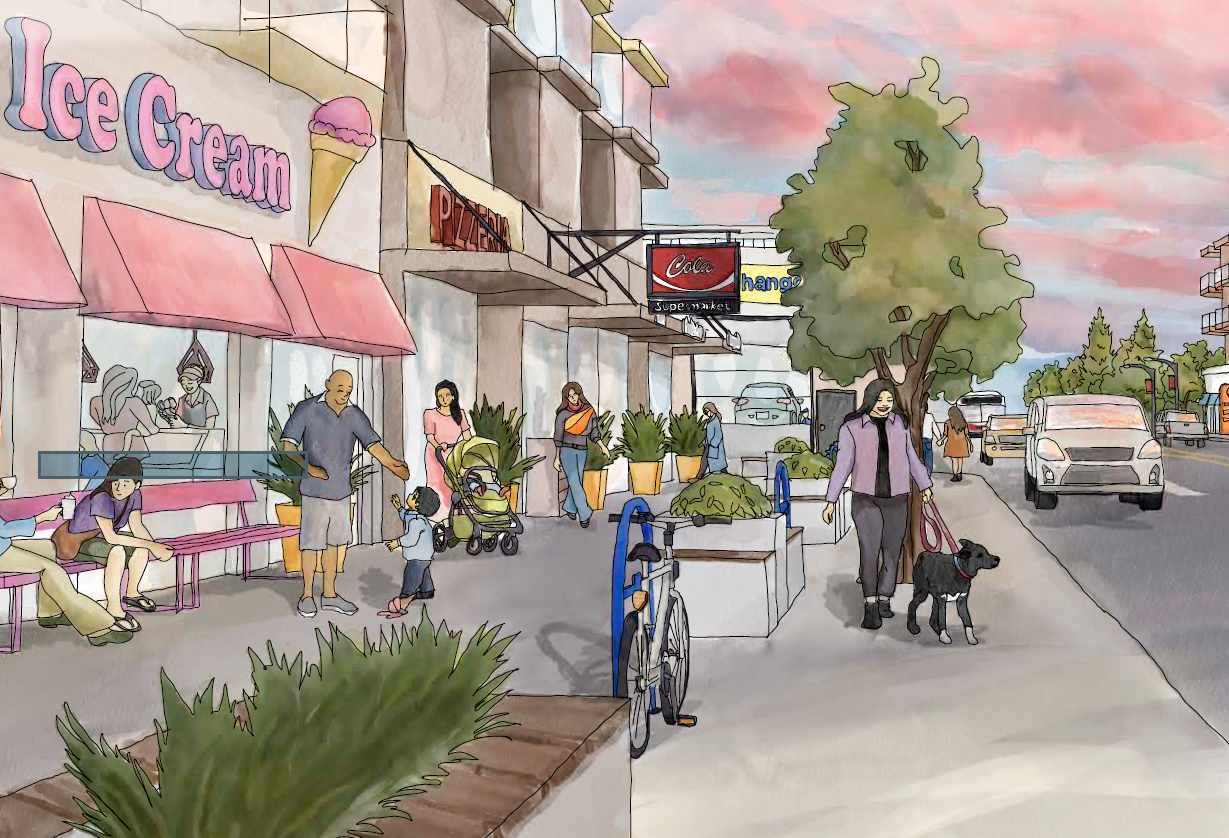South Shaganappi Communities Local Area Plan
The South Shaganappi Communities Local Area Plan (the Plan) is a policy document that guides future growth and change in the communities of Banff Trail, Montgomery, Parkdale, Point McKay, St. Andrews Heights, University Heights, University District, University of Calgary, and Varsity.
The Plan was approved by Council on March 4, 2025, after more than two years of engagement with participants including residents, business owners, students, seniors, community association and development industry representatives, and a dedicated and diverse working group. Feedback provided throughout the process by participants helped to shape and refine the Plan brought forward to Council.
To ensure growth and change occurs in a coordinated and purposeful manner, the South Shaganappi Communities Local Area Plan sets out a strategic framework to guide future development as the communities evolve over time.

-
Plan Highlights
-
Visualizing Growth
Chapter 1:Vision and Core Values
-
Enabling Growth
Chapter 2:Urban Form and Building Scale Maps
-
Supporting Growth
Chapter 3:Community Investments and Implementation Options
-
Implementing the Plan
-
Developing the Plan


